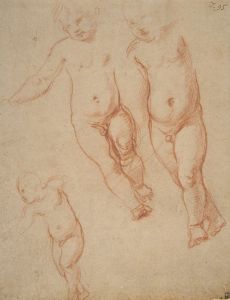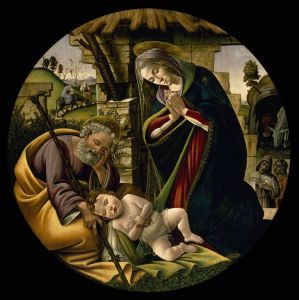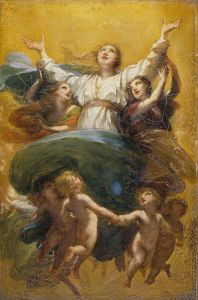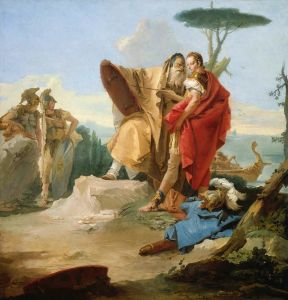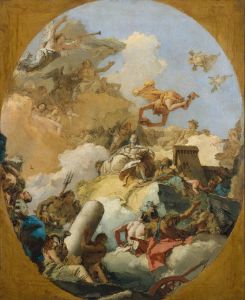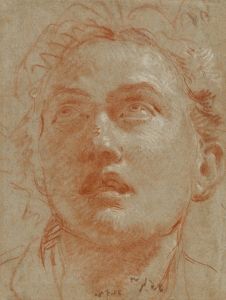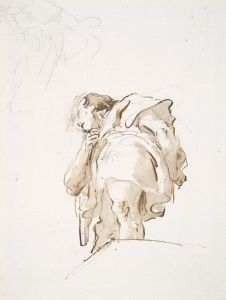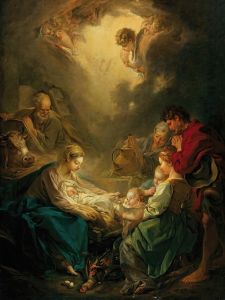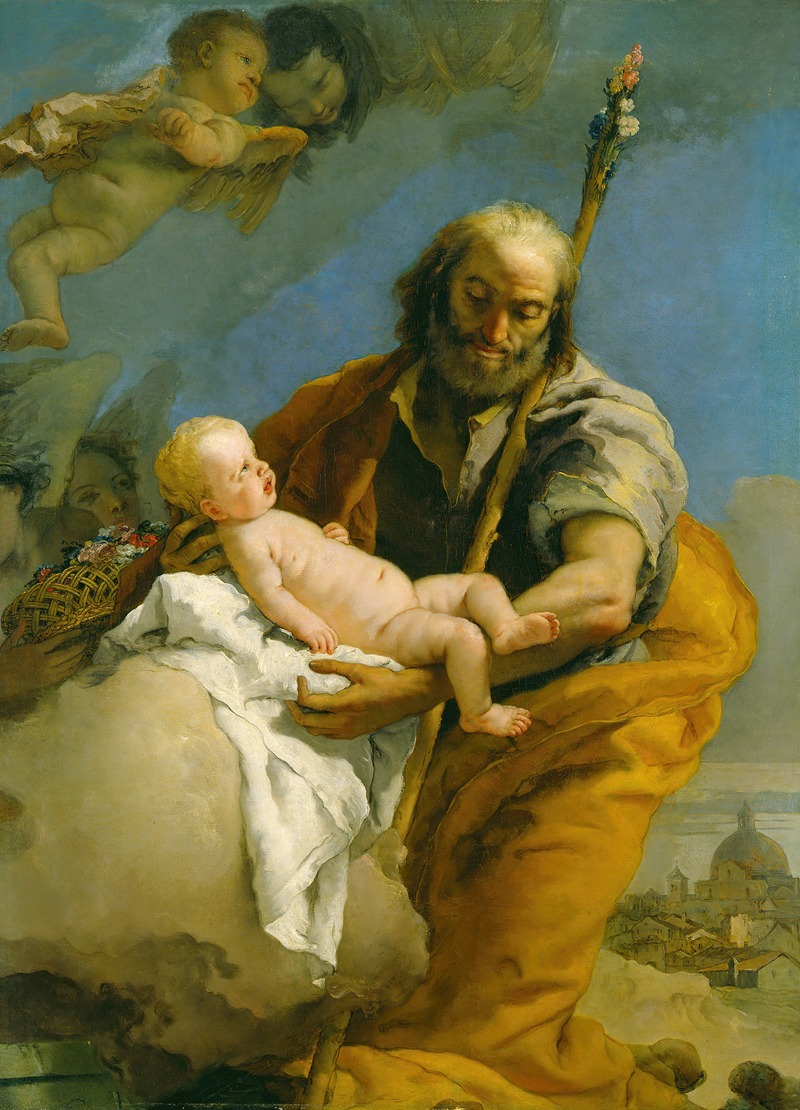
Saint Joseph and the Christ Child
A hand-painted replica of Giovanni Battista Tiepolo’s masterpiece Saint Joseph and the Christ Child, meticulously crafted by professional artists to capture the true essence of the original. Each piece is created with museum-quality canvas and rare mineral pigments, carefully painted by experienced artists with delicate brushstrokes and rich, layered colors to perfectly recreate the texture of the original artwork. Unlike machine-printed reproductions, this hand-painted version brings the painting to life, infused with the artist’s emotions and skill in every stroke. Whether for personal collection or home decoration, it instantly elevates the artistic atmosphere of any space.
"Saint Joseph and the Christ Child" is a painting by the renowned Italian artist Giovanni Battista Tiepolo. Tiepolo, a master of the Rococo style, was known for his vibrant use of color, dynamic compositions, and the ability to convey emotion and narrative through his works. This particular painting exemplifies his skill in religious art, a genre in which he excelled throughout his career.
Giovanni Battista Tiepolo was born in Venice in 1696 and became one of the most prominent painters of the 18th century. His works were highly sought after by both religious institutions and secular patrons across Europe. Tiepolo's art is characterized by its lightness, both in terms of color palette and the ethereal quality of his figures, which often seem to float within the space of the canvas.
"Saint Joseph and the Christ Child" depicts a tender moment between Saint Joseph and the infant Jesus. Saint Joseph, the earthly father of Jesus, is often portrayed in Christian art as a protective and caring figure. In Tiepolo's depiction, Joseph is shown holding the Christ Child, emphasizing the paternal bond and the theme of guardianship. The painting captures a sense of intimacy and warmth, with the figures bathed in a soft, divine light that is typical of Tiepolo's work.
The composition of the painting is carefully balanced, with Joseph's figure providing a stable, grounding presence, while the Christ Child adds a sense of innocence and purity. Tiepolo's use of color is particularly noteworthy; he employs a palette of soft, harmonious tones that enhance the serene and sacred atmosphere of the scene. The delicate rendering of the figures' expressions and gestures further contributes to the painting's emotional impact.
Tiepolo's ability to convey complex theological themes through accessible and engaging imagery made his religious paintings particularly effective. "Saint Joseph and the Christ Child" is a testament to his skill in creating works that are both spiritually profound and visually captivating. The painting reflects the Rococo era's emphasis on grace, elegance, and emotional expression, while also adhering to the traditional iconography associated with its religious subject matter.
Throughout his career, Tiepolo received numerous commissions for religious paintings, frescoes, and altarpieces. His work was not limited to Italy; he also completed significant projects in Germany and Spain, where he was invited to paint for royal and noble patrons. Despite the changing artistic trends of his time, Tiepolo remained committed to his distinctive style, which continued to influence artists long after his death in 1770.
"Saint Joseph and the Christ Child" remains an important example of Tiepolo's contribution to religious art. It showcases his mastery of composition, color, and narrative, qualities that have ensured his enduring reputation as one of the great painters of the 18th century. The painting is a reflection of Tiepolo's ability to blend the spiritual with the aesthetic, creating works that resonate with viewers both in his time and today.






